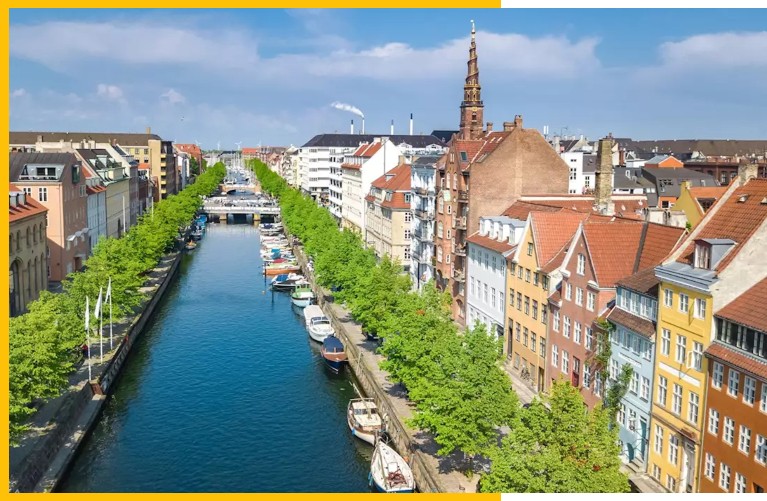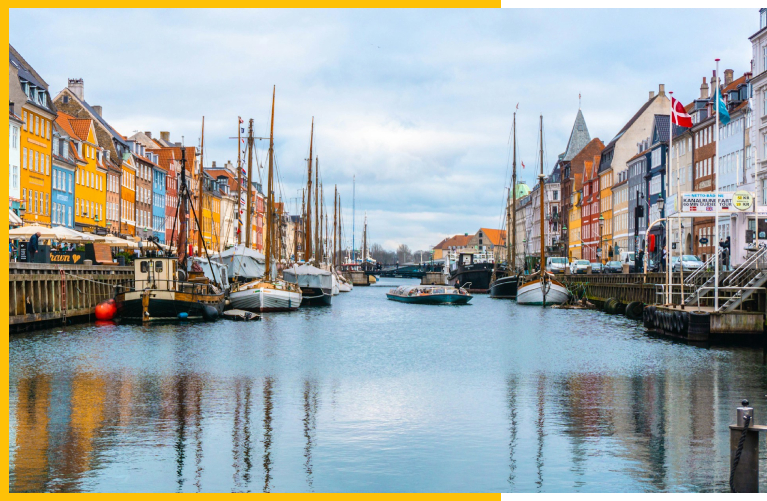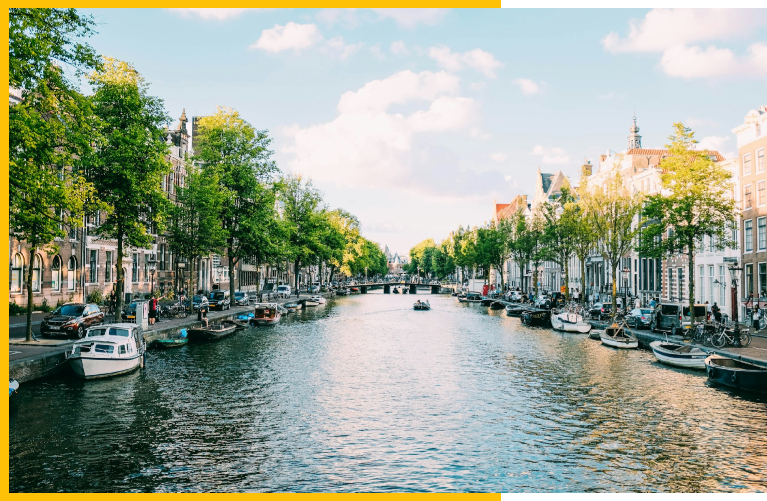News

Urbanization in European cities - a unique system of environmental assessment
For densely populated large cities, the negative consequences of urbanization have been known since ancient times: increased noise level, problems of waste disposal, air and water pollution, transformation of natural landscapes, unfavorable sanitary and hygienic conditions, etc. Ancient Eastern cities: Babylon, Alexandria, Memphis, Nineveh, political and economic centers of ancient states - Rome, Athens, etc. - They faced practically the same problems that are characteristic of today's big cities.
Environmental pollution is considered a post-industrial phenomenon. However, ecological problems were not alien to either ancient Rome or ancient Greece.
The energy crisis and environmental pollution taught the ancient Greeks to use the passive energy of the sun - they began to build cities and buildings facing the sun, which was completely alien to many of their contemporaries.
According to the latest data from the United Nations, about 75% of the total population of Europe is concentrated in cities and, most importantly, the trend of further growth of this process is slow but still continuing.

From February to August 2009, the company "Siemens" and the independent research and consulting firm "The Economist Intelligence Unit (EIU)" studied 30 European cities (mostly capitals). 30 indicators used to evaluate the work carried out in terms of environment and climate protection were divided into 8 main groups:
1. CO2 emission;
2. Energy;
3. Buildings;
4. Transport;
5. Water;
6. Air;
7. Waste/land use;
8. Ecological management of the environment.
The most important result of this project was that cities were given the opportunity to share knowledge and achievements with each other. So, for example, it turned out that Vienna has the best greenery, Danish cities use wind energy the most intensively, Ljubljana has the best waste recycling system, bicycles can be used for free in Paris, the process of obtaining methane from landfills has been introduced in Istanbul, and buses in Tallinn are equipped with a special system that lights traffic lights. It provides work according to the green wave principle.
The mentioned research identified the leading cities. In particular, Copenhagen turned out to be the best in terms of overall indicators.

Copenhagen started reducing cars in its urban center as early as 1960. It increases pedestrian paths by 2-3% every year. The parking lot was replaced by 18 squares with a total area of 100,000 m2. Due to the policy towards compactness, many public institutions are located in the city center and can only be reached on foot. The expansion of footpaths in cities has seen significant economic and liveability gains in the centres. In public spaces, we find fountains, monuments, public art, and institutions that attract people, such as restaurants, cafes, shops, etc. Every town has its own history that makes it unique and is great for walking.

The city of Oslo leads the way in terms of rational use of energy and reduction of greenhouse gas emissions, its new international airport is heated by a district system of wood and bioenergy. in terms of energy efficiency of buildings - the city of Berlin; Freiburg and Berlin have become solar cities as they promote the installation of solar panels. In terms of solving traffic problems - the city of Stockholm; In terms of rational use of water and waste management - the city of Amsterdam, in terms of air quality - the city of Vilnius; In terms of ecological management of the environment - Brussels.

Modern fire standards in Georgia - automatic sprinkler system and Decree 41
Decree 41 and the automatic sprinkler system – the most reliable guarantee of the safety of your apartment
"Skhva Ubani" - a new standard for commercial spaces in Didi Dighomi
Residential space in Didi Dighomi is becoming increasingly popular, but "Alpha Home" is not like any other neighborhood.
Why should you buy real estate now? - Price forecast and market trends
Understand how prices rise and how to get the most out of your investment
The most common construction mistakes made in Georgia
incorrect budgets, omission of soil surveys, poor-quality materials, lack of supervision, and problems with engineering communications.
Take advantage of a unique opportunity - a large apartment at an affordable price
Bigger apartment = more freedom, comfort and opportunity!







